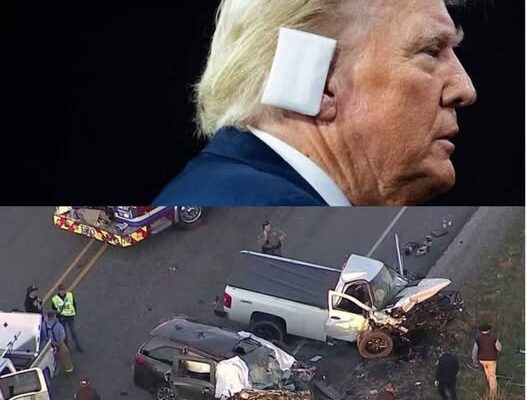The United States has long been plagued by political violence, with the presidency serving as a magnet for attacks. From Abraham Lincoln to Donald Trump, four presidents have lost their lives in office, and countless others have narrowly escaped assassination attempts. But what drives these attacks, and why do they continue to occur?
On September 15, 2024, former President Donald Trump faced his second assassination attempt in recent years, highlighting the persistent danger faced by those in the Oval Office. This incident is not an isolated event; it reflects a long-standing pattern of violence and obsession that has defined American political history.
Presidents symbolize the nation’s ideals, values, and policies, making them a focal point for both admiration and anger. For some, attacking the president is seen as a misguided form of protest or political expression. But what drives these attacks? Is it political ideology, personal grievance, or something more complex?
Throughout American history, firearms have been the weapon of choice in nearly every known assassination attempt. Except for Gerald Ford’s two female assailants, nearly all attackers have been male. Motivations have varied widely, from politically motivated actions to personal delusions.
The presidency is not immune to these attacks. In 1975, President Gerald Ford survived two assassination attempts in just weeks, while Ronald Reagan was shot by John Hinckley Jr. in 1981. These events highlight the unique risks tied to holding the nation’s highest office.
Recent incidents, including the thwarted attempt at Trump’s Florida golf course and the earlier shooting at a Pennsylvania rally, underscore the persistent danger faced by those in the Oval Office. Each attack serves as a stark reminder that political violence is a continuing threat in the United States.
But what can be done to mitigate these threats? Can we find ways to reduce political polarization, limit access to firearms, or promote greater understanding and respect for opposing views?
One thing is clear: American democracy is both resilient and vulnerable, requiring constant vigilance. As we move forward, it’s essential that we acknowledge the complex mix of factors driving these attacks and work together to create a safer, more peaceful environment for our leaders.
The legacy of political violence in America serves as a reminder that even the most powerful among us are not immune to attack. It is up to each of us to contribute to a culture of respect, empathy, and understanding, ensuring that the presidency remains a symbol of hope and leadership for generations to come.
